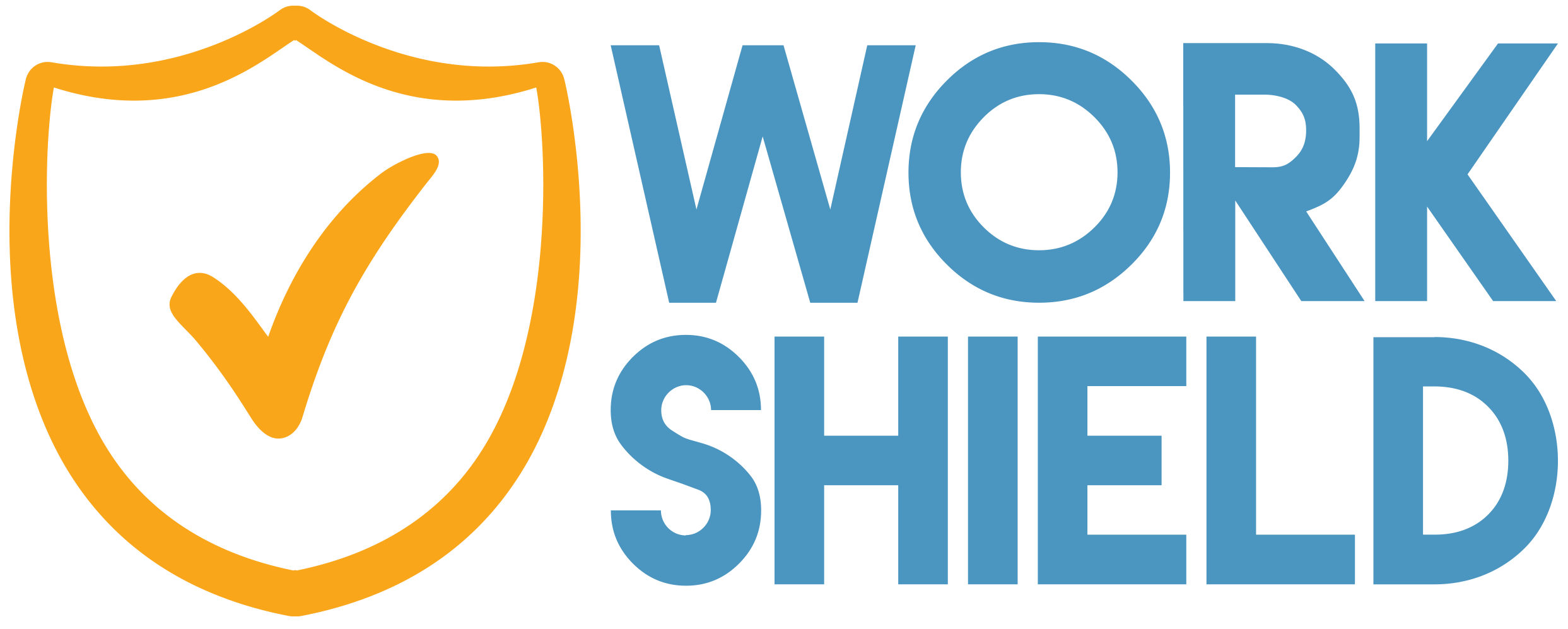The workforce was forever changed when 4 million Americans quit their jobs in the summer of 2021. This drastic shift left employers with 10.9 million vacant jobs and employees searching for new career opportunities that better matched their needs. The pandemic was the key factor that spurred people to leave their jobs, but more than two years later, employee turnover continues to reach new records. According to the latest Job Openings and Labor Turnover report, 4.3 million workers quit jobs in December 2021. Although a slight decrease from the record-high of 4.5 million who exited jobs in November, the Great Resignation holds firm, and we’re sharing insight into who is quitting, where they’re going and why they’re leaving.
Who is resigning?
To analyze a steady workforce trend such as the Great Resignation, it’s crucial to understand the individuals who comprise the approximate 3% of workers who voluntarily left their jobs. First, not all job sectors are affected equally. The leisure, hospitality and retail industries show the highest concentration in quit rates, although this may be attributed to the dip in U.S. available jobs in the accommodation and food services sectors. Despite this decline in job openings, the hiring rate in these industries remains higher than the number of quits, indicating that these workers may be leaving for better opportunities.
Aside from job sector trends, research shows that many resignations occur among tenured, long-term employees. Typically, individuals with longstanding history at an organization are not as likely to resign, but mid-tenured workers were quitting at high rates in 2021. In fact, employees with five to 10-year tenure resigned at a 56.8% higher rate in 2021 than in 2020. This can be damaging for organizations, as losing employees of this stature can affect productivity and workplace morale. While mid-career employees are exiting at higher rates, the Great Resignation does not discriminate by age. Data from a recent Visier Insights Report shows that the resignation rate has increased by over 38% for workers aged 30-35, 40-45 and 45-50.
Where are they going?
As workers continue to quit their jobs, it’s important for employers to recognize where these employees are going. Google released the top “how to become” job searches between January 2021 and January 2022, which shows careers that Americans may be interested in. According to this report, the top search was “how to become a real estate agent” followed by “how to become a flight attendant.” Aside from pursuing new career paths, workers are seeking flexibility and the freedom to work from anywhere, and results from the WFH Research Project found that employees value flexibility as much as a 10% pay increase. Additionally, 54% of workers surveyed by ZipRecruiter said they preferred a job that allowed them to work from home, and one-third of workers quit their jobs to start their own businesses.
Why are they leaving?
The question that all employers should be asking themselves during the Great Resignation, is why are workers leaving? Comprehending the “why” allows for a business to combat the record turnover rate with healthy solutions. Evidence points to a few factors that fuel employees walking away.
Employee burnout: Employee burnout was on the rise prior to the pandemic, and in May 2019, the World Health Organization officially recognized burnout as a workplace crisis. Workers are feeling the strain of unrealistic workloads combined with the state of the world, and they are no longer accepting it. Survey findings show that 89% of employees say they’ve experienced burnout over the past year. During the summer of 2021, major companies like LinkedIn, Hootsuite and Bumble even made headlines for shutting their doors for a full week to address employee burnout.
- Work-Life balance: While PTO may temporarily relieve the symptoms of employee burnout, vacations are not the solution; however, a healthy work-life balance is. With 93% of employees desiring flexibility in when they work, it’s clear that people are seeking a balance of life and work. Some proactive organizations are implementing this practice as more than a perk, making well-being a part of a daily workflow.
- Workplace culture: Toxic workplace culture is a culprit of employees resigning even more than compensation. In fact, an analysis of over 1.4 million Glassdoor reviews found that workplace culture is 10 times more likely than pay to predict whether an employee quits. Lack of diversity, equity and inclusion, unethical behavior and employees feeling disrespected are among the leading elements contributing to a toxic culture.
- Better pay and benefits: Those switching jobs increased wages by an average of 8% as compared to a 5.9% increase for existing job holders, and a Prudential study found that 45% of workers are seeking better compensation and benefits in their job search. The trend in workers leaving jobs for better paying positions has economists labeling this the ‘Great Upgrade.’
The Great Resignation is a monumental workforce change that businesses are scrambling to address in an effort to retain top talent and meet employees’ shifting desires. HR professionals and top executives must be ready to reevaluate their mission and priorities to keep and attract workers who no longer accept the old methods that led to burnout. Cultivating a workplace with diversity, equity and inclusion at top of mind where employees feel valued and are heard is imperative. Work Shield offers the solution to create open and positive cultures of trust where employees want to work.





